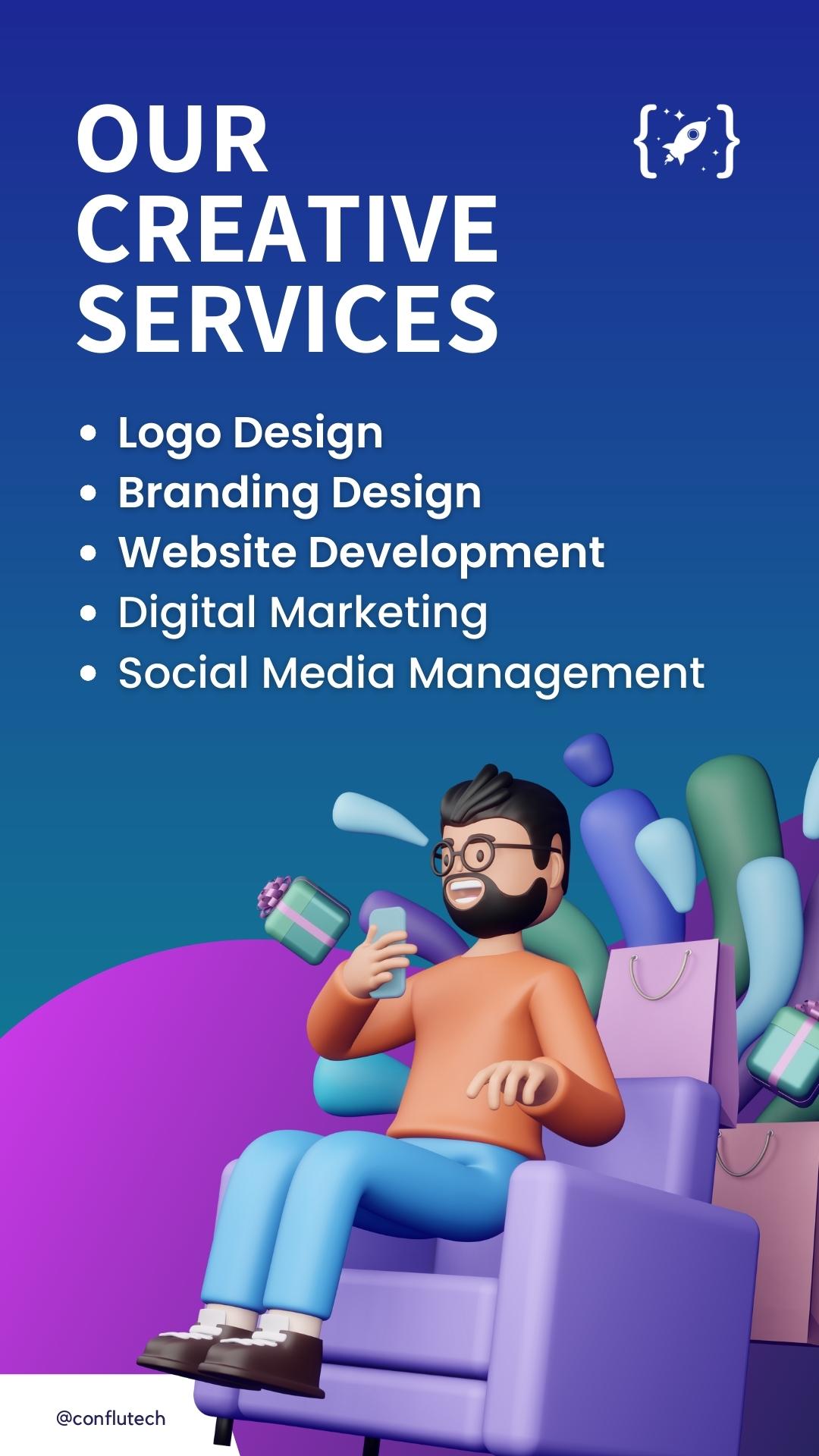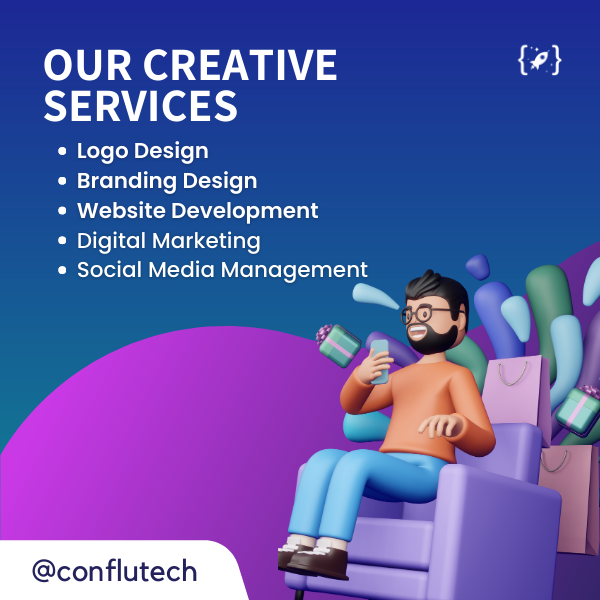Creating a strong brand identity is crucial for any business, regardless of its size or industry. However, developing comprehensive brand guidelines can be a daunting task, especially for startups and small businesses with limited resources. That’s where the concept of minimum viable brand guidelines comes into play . Entrepreneur Loop, a leading magazine for ambitious business minds, recognizes the importance of creating a strong brand identity. In this article, we’ll explore how to create essential brand guidelines that establish a solid foundation for your company’s visual and verbal identity, without breaking the bank or overwhelming your team.
As renowned designer Paul Rand once said, “Design is the silent ambassador of your brand.” This quote perfectly encapsulates the importance of creating a cohesive and memorable brand identity. Let’s dive into the key components of minimum viable brand guidelines and how you can develop them for your business.
-
Define Your Brand’s Essence
Before you start creating visual elements or writing copy, it’s essential to establish the core of your brand. This foundational step will inform all other aspects of your brand guidelines. Here’s what you need to consider:
Mission and Vision: Your mission statement should clearly articulate why your company exists and what it aims to achieve. Your vision statement, on the other hand, should paint a picture of where you see your brand in the future. These statements will serve as guiding principles for all your branding efforts.
Core Values: Identify 3-5 core values that represent the fundamental beliefs and principles of your organization. These values should reflect what your brand stands for and guide decision-making across all levels of your company.
Brand Personality: Describe your brand as if it were a person. Is it friendly and approachable, or sophisticated and professional? Understanding your brand’s personality will help you maintain a consistent tone in all your communications.
Target Audience: Clearly define who your ideal customers are. Consider demographics, psychographics, and behavioral characteristics. This information will help you tailor your brand messaging and visual elements to resonate with your target market.
As Marty Neumeier, author of “The Brand Gap,” puts it, “A brand is not what you say it is. It’s what they say it is.” This emphasizes the importance of aligning your brand’s essence with your audience’s perception.
Example: Nike’s mission statement, “To bring inspiration and innovation to every athlete in the world,” perfectly encapsulates their brand essence and resonates with their target audience.
-
Develop Your Visual Identity
Once you’ve established your brand’s essence, it’s time to create the visual elements that will represent your company. Here are the key components to include in your minimum viable brand guidelines:
Logo: Your logo is the face of your brand, so it’s crucial to get it right. Design a simple, memorable logo that reflects your brand’s personality and values. Include guidelines for logo usage, such as minimum size requirements, clear space around the logo, and approved color variations.
Legendary designer Massimo Vignelli once said, “The life of a designer is a life of fight: fight against the ugliness.” When creating your visual elements, strive for simplicity and memorability.
Example: Apple’s iconic bitten apple logo, designed by Rob Janoff, is a perfect example of a minimalist yet highly recognizable design.
Color Palette: Choose a primary color and 2-3 secondary colors that represent your brand. Provide specific color codes (RGB, CMYK, and Pantone) to ensure consistency across different mediums. Explain when and how to use each color in your branding materials.
Example: Coca-Cola’s distinctive red has become synonymous with the brand, creating instant recognition.
Typography: Select a primary font for headings and a secondary font for body text. If possible, choose web-safe fonts or provide information on how to access and use custom fonts. Include guidelines for font sizes, weights, and spacing to maintain consistency in your communications.
As type designer Erik Spiekermann notes, “Type is like music; the spaces between the black notes are as important as the black notes themselves.”
Imagery Style: Define the style of images and graphics that align with your brand. This could include photography guidelines, illustration styles, or icon sets. Provide examples of appropriate imagery and explain how to select and use visuals that reinforce your brand identity.
-
Establish Your Brand Voice
Your brand voice is how you communicate with your audience through written and spoken words. It’s an essential part of your brand identity that helps build a connection with your customers. Here’s what to include in your brand voice guidelines:
Tone of Voice: Describe the overall tone your brand should use in communications. Is it casual and friendly, or formal and authoritative? Provide examples of how this tone should be applied in different contexts, such as social media posts, email newsletters, or customer service interactions.
Key Messages: Identify 3-5 key messages that encapsulate what your brand stands for and what you want to communicate to your audience. These messages should be consistent across all your marketing materials and help reinforce your brand’s unique value proposition.
Writing Style: Provide guidelines for writing style, including preferred sentence structure, use of active or passive voice, and any specific language or terminology associated with your brand. Include a list of words or phrases to use and avoid to maintain consistency in your communications.
As Jeff Bezos famously said, “Your brand is what other people say about you when you’re not in the room.” Ensure your brand voice is consistent across all platforms and touchpoints.
Example: Innocent Drinks has mastered a playful and conversational brand voice that perfectly aligns with their product and target audience. Their packaging often features quirky copy like, “Stop looking at my bottom,” which resonates well with their customers.
-
Create Templates and Examples
To make it easier for your team to implement your brand guidelines, provide templates and examples of common marketing materials. This could include:
- Business card designs
- Email signature templates
- Social media post templates
- Presentation slide layouts
- Letterhead and document templates
By providing these resources, you’ll ensure that everyone in your organization can create on-brand materials quickly and easily.
As design icon Dieter Rams stated, “Good design is as little design as possible.” Keep your templates simple and functional.
Example: Spotify’s brand guidelines include comprehensive examples of how their visual identity should be applied across various platforms, from social media to outdoor advertising.
-
Implement and Maintain Your Brand Guidelines
Creating brand guidelines is just the first step. To ensure their effectiveness, you need to implement and maintain them consistently:
Training and Education: Conduct training sessions for your team to familiarize them with the brand guidelines. Explain the importance of consistency and how it contributes to building a strong brand identity.
Accessibility: Make sure your brand guidelines are easily accessible to all team members. Consider creating a digital brand book or storing the guidelines in a shared cloud folder.
Regular Reviews: Schedule periodic reviews of your brand guidelines to ensure they remain relevant and effective. As your business grows and evolves, you may need to update or expand your guidelines to meet new challenges and opportunities.
Feedback Loop: Encourage feedback from your team on the usability and effectiveness of the guidelines. This input can help you refine and improve your brand guidelines over time.
As Paula Scher, partner at Pentagram, says, “It’s through mistakes that you actually can grow. You have to get bad in order to get good.” Embrace the process of refining and improving your brand guidelines over time.
By following these steps and drawing inspiration from industry leaders, you can create minimum viable brand guidelines that provide a solid foundation for your company’s identity. Remember, your brand guidelines should be a living document that evolves with your business. As you grow and gain more resources, you can expand and refine your guidelines to create an even more comprehensive brand identity system.
Creating minimum viable brand guidelines doesn’t have to be an overwhelming process. By focusing on the essential elements of your brand identity and providing clear, concise guidelines, you can ensure consistency across all your marketing efforts. This consistency will help build brand recognition, trust, and loyalty among your target audience, ultimately contributing to the success and growth of your business.
As you continue to refine and expand your guidelines, always keep in mind the words of Steve Jobs: “Design is not just what it looks like and feels like. Design is how it works.” Your minimum viable brand guidelines should not only look good but also be functional and easy to implement across your organization.
In conclusion, minimum viable brand guidelines are an invaluable tool for businesses of all sizes. They provide a solid foundation for your brand identity, ensuring consistency and coherence across all your marketing efforts. By following the steps outlined in this guide and drawing inspiration from industry leaders, you’ll be well on your way to creating a strong, recognizable brand that resonates with your target audience and sets you apart from the competition.
Remember, building a brand is an ongoing process. Stay open to feedback, be willing to adapt, and always keep your core brand essence at the heart of everything you do. With these minimum viable brand guidelines in place, you’ll have the tools you need to create a lasting impression in the minds of your customers and stakeholders.










